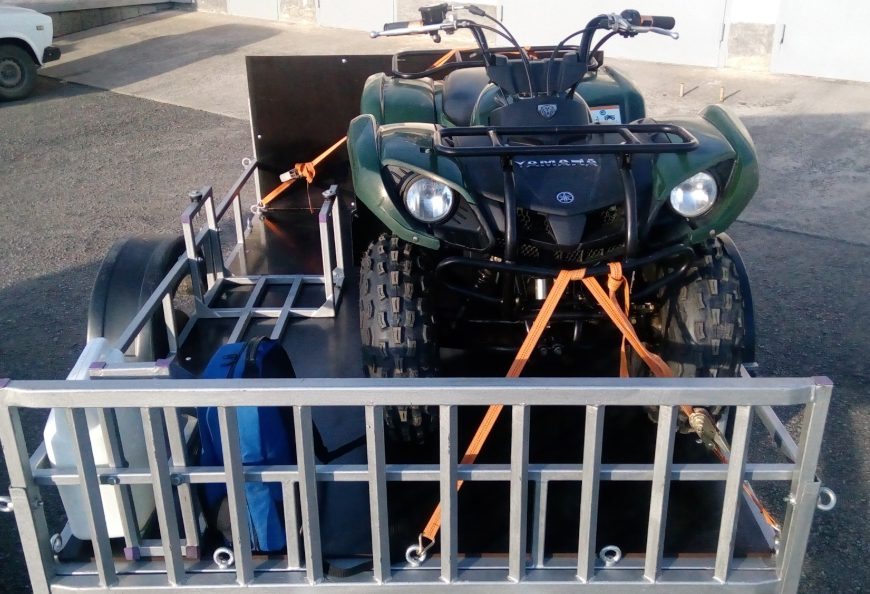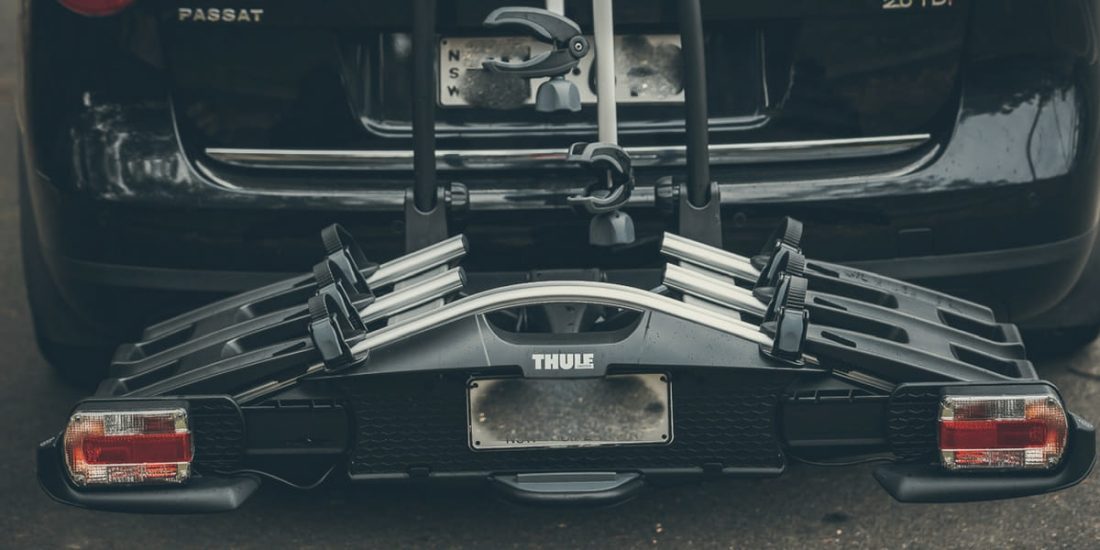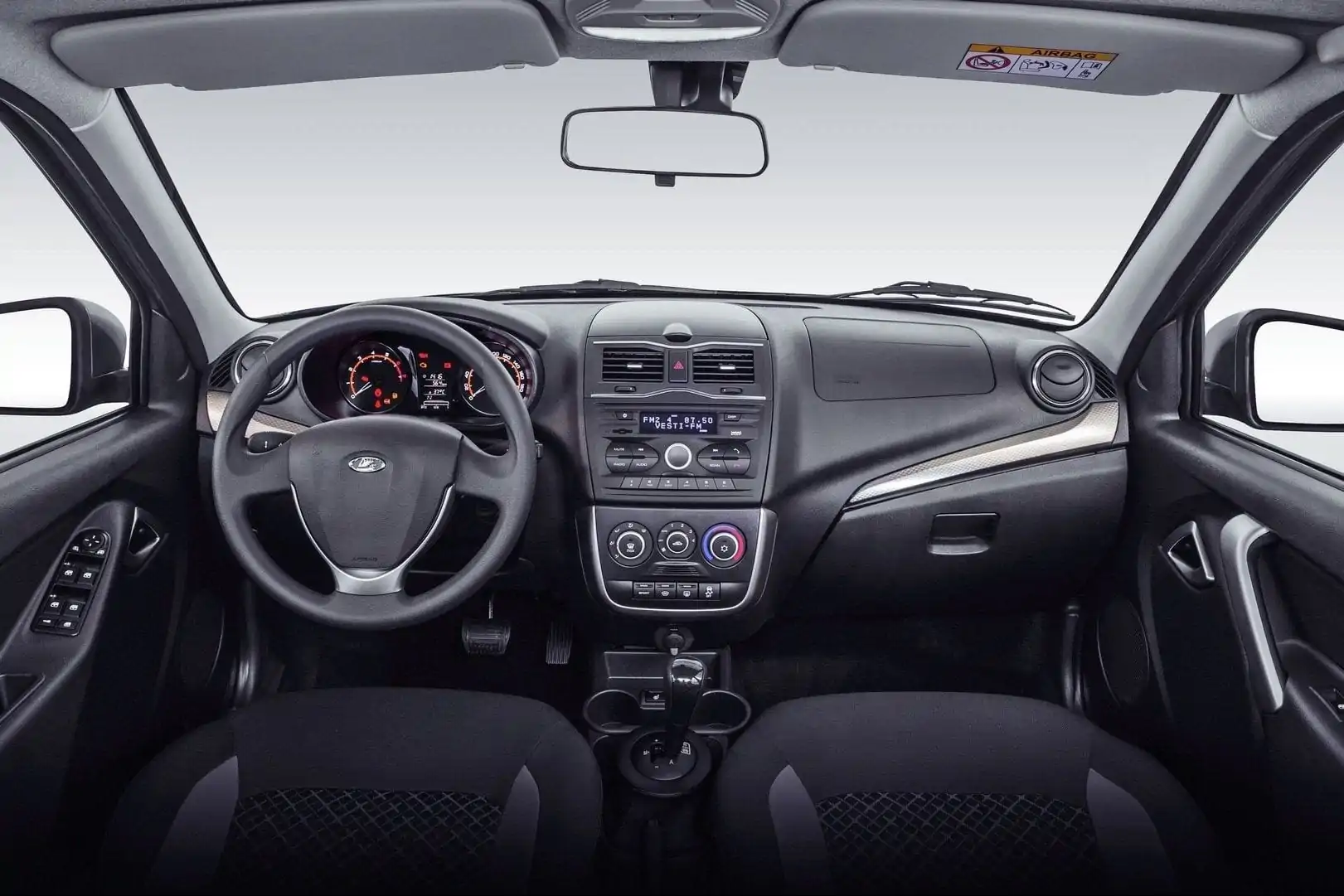
9 effective tips for transporting your ATV in your car
Content
- 1. Place bicycles in the car (if possible).
- 2. Buy a quality bike rack.
- 3. Make sure the bikes are free of contact and friction points.
- 4. The roof of your vehicle is not designed for an ATV.
- 5. Secure the bikes (with a secure lock).
- 6. Watch the weather
- 7. In case of bad weather, protect your bike.
- 8. Wash and lubricate your bike upon arrival at your destination.
- 9. On arrival, check the suspension and tire pressures.
Whether it's a vacation or just discovering new routes for the day, mountain biking transport is an activity that no mountain biker can do without.
Here are 9 tips based on years of experience, countless tests with different bikes, using multiple vehicles and accessories ... and many of the mistakes we've made and are sharing so you don't do the same.
1. Place bicycles in the car (if possible).
If you can transport ATVs inside your vehicle, that's best, as it eliminates almost every other item on this list! If you can, you can ignore items 2, 4, 5, 6, 7, or 8 below.
Tip: The van is ideal for transporting bicycles indoors. Otherwise, a station wagon or minivan.
2. Buy a quality bike rack.
It's very simple, if you are traveling for more than an hour or two, buy a bike rack. quality will make it easier to do almost all of the other items on this list.

The choice of bike rack will depend on the type of mount to the vehicle, the number of bicycles you carry, the total weight (especially with a bike rack) and, of course, your budget.
There are 3 main fastening methods:
- on the clutch ball,
- on the trunk or tailgate
- on the roof (see point 4)
In any case, a few basic rules must be followed in order to transport your bicycles on a bike rack in an optimal way:
- Make sure the bikes mounted on the bike rack meet the specifications of the latter, especially considering the weight of the MTB-AE (for VAE we will remove the battery to save a few precious kilos).
- Make sure nothing is rubbing
- Regularly check that the belts and buckles are securely fastened at each stop.
- Watch for the slightest suspicious noise and stop immediately if in doubt to check. Reducing the Caesar compression 💥 by a few thousand euros for your bike is not the goal.
- For bike carriers on a towbar or on a roof, make sure that the load being carried (bike carrier + bicycles) is also supported by your hitch (indicator "S" on your hitch) or the maximum permissible roof load (indication of the mileage in the logbook of your car);
- the license plate and taillights must always be visible 👮♀.
Tip: We recommend a tray-style hitch, which means your vehicle must be equipped with a hitch. For example, Thule Velocompact or Mottez A018P4RA.
3. Make sure the bikes are free of contact and friction points.
During the ride, due to the vibrations of the road and traffic, if your bikes hit something, the friction will increase. This can potentially damage the metal or carbon of your frames, or worse, the pistons of your suspensions, which can cause serious damage to your bike and cost you dearly.
Tip: If there are any contact points that you cannot remove, use cardboard, bubble wrap, rags, or other protective equipment to prevent abrasion. Fasten the protection so that it does not fall off.
4. The roof of your vehicle is not designed for an ATV.
While you can buy a quality roof rack, we don't recommend that you do it, and here's why:
- This significantly increases the fuel consumption of your car, and at UtagawaVTT we value the environment ☘️!
- It makes a lot of noise and can be tiring in the long run.
- Your bikes are on the front lines picking up insects and gravel that can damage your frame or suspension.
- A moment of inattention and you pass under a tunnel that is too low or under a toll motorway with limited height (which also rules out the use of motorway passes).
So avoid unless you can do otherwise (for example, if you are towing a caravan).

5. Secure the bikes (with a secure lock).
On a long trip, you can take breaks or just stop overnight to do some shopping, etc. So be sure to grab a good castle (from kryptonite, for example)!
For an overnight stay, ask the owner to leave your bikes indoors, otherwise take them to your home if you can.
Most quality bike sprocket bindings have a locking system. Use them to secure your bike so that it doesn't move and is securely attached to the bike rack. This does not prevent you from using the optional cable lock.
Tip: You can also take out bike insurance against theft and breakdown, see our article on how to choose the right bike insurance.
6. Watch the weather
Bicycles are not necessarily afraid of water, but riding on roads in wet or snowy weather (worse with a snow salt) can cause corrosion and dirt. In any case, if you can ride in dry weather, it's better!

Tip: Install one of the many weather apps on your smartphone.
7. In case of bad weather, protect your bike.
If snow or rain cannot be avoided while riding, protect sensitive parts of the ATV such as steering wheel controls and transmission with trash bags.
Tip: Bring strong bags because they can rip in the wind.
8. Wash and lubricate your bike upon arrival at your destination.
Good cleaning (reminder: not with a high-pressure cleaner!) Wash the bike of road dirt, this will prevent further corrosion if, for example, traces of salt remain. Then lubricate all parts that have mechanical movement as usual.
Tip: Squirt Long Lasting Protection Lubricant is perfect for lubricating your bike, the Muc-off product range is very complete for cleaning, and we also love the very effective WD 40 bike cleaner.
9. On arrival, check the suspension and tire pressures.
Changes in altitude and air temperature can affect both tire pressures and suspension behavior. You just need to check where your presses are located when you get to your destination and make sure the settings match your settings.
Tip: Before driving, pay attention to the pressure in the tires, fork and shock absorber.
